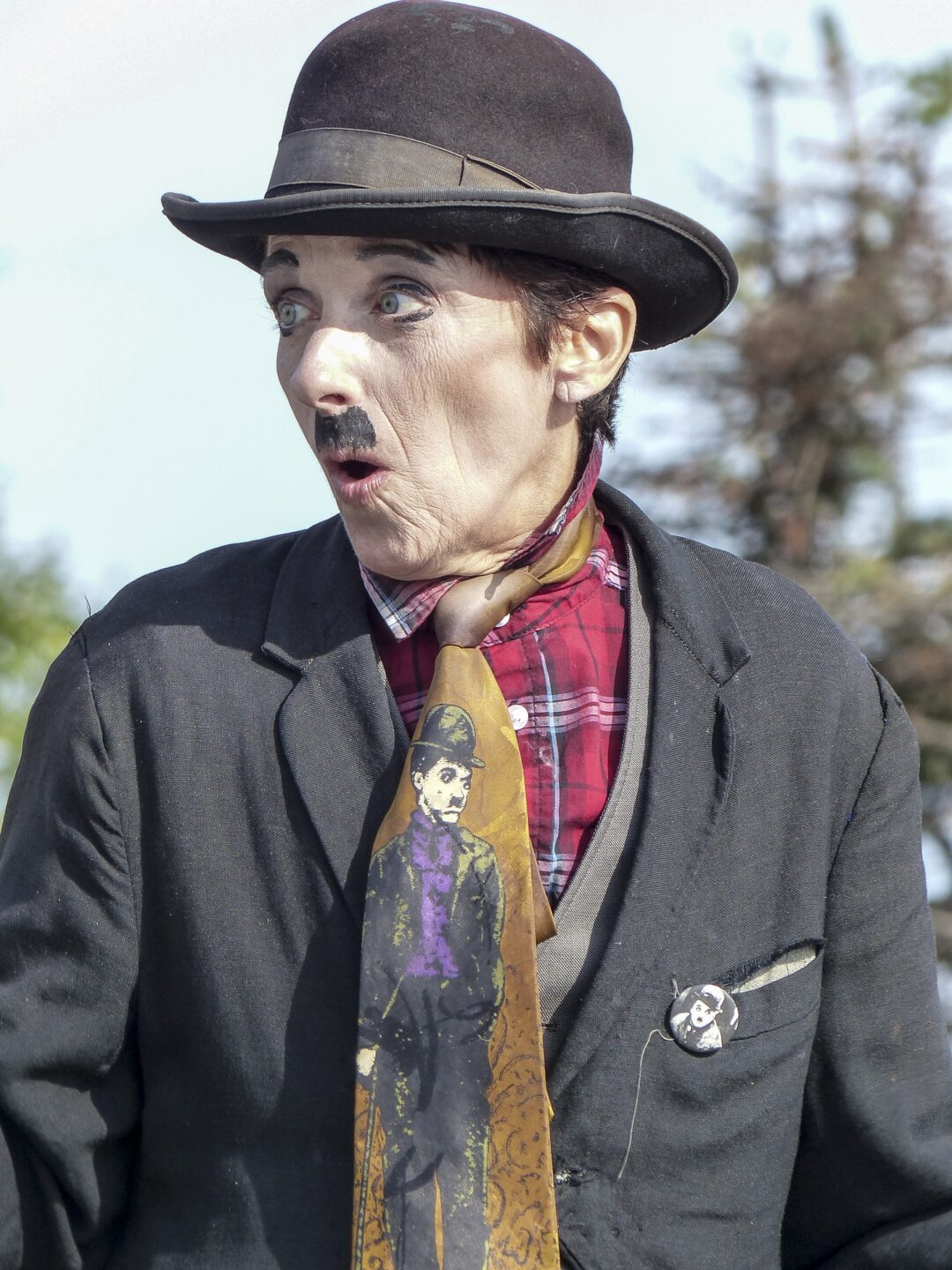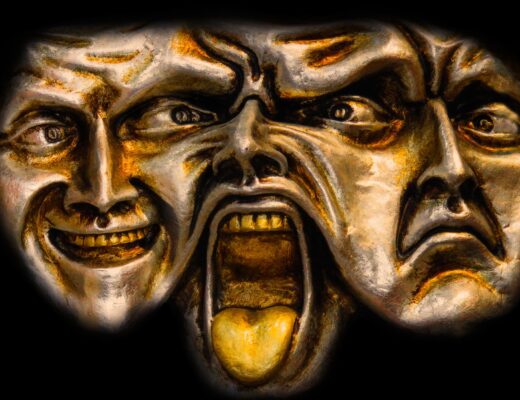We all move, right? Regardless of how and why, every creature on this planet moves somehow.
There are of course generalizations: humans walk, snakes slither, mice skitter and dolphins swim.
That being said, HOW you move is unique to you and you alone. Kind of a trademark if you will.
How you move is your very own movement signature.
Now, take a moment and think about how you move, generally. Do you walk slowly or quickly? Slouch when you sit? Are you right-handed, left-handed, or ambidextrous?
Don’t think about it too much. Just one or two things that stand out to you is a grand place to start.
Got a thing or two? Great!
So, moving forward, what exactly is a character movement signature, then?
Character movement signatures
A character movement signature is, you guessed it, how your characters move.
They may have a lot or few elements similar to how you move.
The fun part, though, is when your signature and your characters signatures are different. It’s truly where the play begins.
Perhaps you tend to move slowly, you’re hardly ever rushed and you like to take your time with activities. Sounds pretty nice, by the way, sounds like a relaxing way to exist.
Say then, the character you’re working on is always late to things, always rushing and doesn’t like to sit still.
Bam! Different movement signatures.
A quick note: this doesn’t have to be complicated. Of course, you can make it as complicated or as simple as you choose. It’s your character, after all!
I find that one little tweak can be all that’s needed to feel different and help me slip in and out of character as well.
So, do I have to have a character movement signature?
Why character movement signatures are important
Some actors are known for their specific gestures. Gestures that follow them around from performance to performance. I’m thinking of Harrison Ford in particular in this post.
There of course is some value in this. Perhaps it becomes a token gesture and if it’s done consciously and you’re happy with it, your director is happy with it, then all’s well.
But, for character actors out there, or any actor who wishes their performances to physically stand apart from each other, creating a character movement signature is important to key into.
How to create a character movement signature
So, you have an idea how you move and you know you want your character to move differently. Where to start?
As mentioned above, sometimes simple is best.
Simply switching up something like pace or lead point.
A lead point is basically the first part of your body that moves when you engage in movement. So, you, therefore, have to figure out your lead point first and then choose a different lead point for your character.
What I personally use and teach is the method developed by Rudolf Laban, who created a dance notation often employed by actors to create individual movement signatures by way of specific building blocks. Incorporating the concepts of flow, weight, time, and space.
There are a lot of other approaches out there. Honestly, in my experience, and I talk about this a lot, in my mind, one is not better than the other. This is individual work and each character will often demand a slightly different approach. So, it helps to learn different methods.
Interpreting someone else’s movement
Having the ability to interpret someone else’s signature is a fantastic way to approach cosplay. It’s also key if you’re portraying a person who isn’t fictional.
Cosplay example: Say you’re cosplaying Spiderman. Now, as Spiderman, are you going to move differently from yourself? My guess would be yes.
A great place to start would be to watch Spiderman stuff, right? Focusing on the way he moves, regardless of the actor playing him. What’s consistent? What can you glean from watching them and break down those movements? Getting those hand movements down would be my top priority.
Biographical example: There are lots of fantastic actors out there who have given incredible performances portraying prominent real-life figures. Too many to list here, honestly. I think of Anthony Hopkins as Hitchcock, Salma Hayek as Frida, and John Hurt as Joseph Merrick, the Elephant Man.
One current performance that comes to mind is Gillian Anderson, playing Margaret Thatcher in Netflix’s ‘The Crown’. When asked about physically portraying the U.K’s first female prime minister, Gillian said that “I almost feel like the physicality is the easy bit because that’s just technical.”
She goes on to talk about the importance of voice as well, but understanding Thatcher’s movement also played a key role in Gillian’s studies. Having a technical way of approaching movement helps take some of the guesswork out of it.
Go forth and do the things!
So, go and learn all the things!
Start anywhere. Taking action is the key part.
Now, taking classes in movement work for actors is often a great place to start but remember the world around you can also be a wonderful teacher. You don’t have to be enrolled in a class to take action in your character movement craft.
Go people-watching. Best free actor resource, ever! Respectfully, of course, I hope that goes without saying. But, seriously, people-watching is probably one of the best ways to start to understand how people move differently.
This may be harder to do right this second because we live in a pandemic world, but still worth paying attention to when you do encounter people. Even observing people via Zoom meetings can be a goldmine.
Oh! And most importantly: have fun with this!!! By learning and incorporating movement signatures into your character work you’re adding a whole new layer to your craft, which is exciting!




